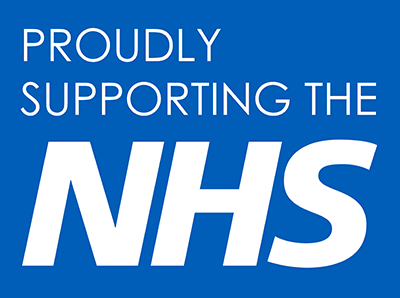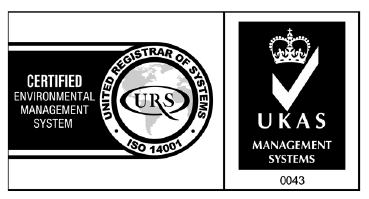There are approximately half a million people in the UK each year who will develop a pressure ulcer.1
With the number of cases reaching such highs and the expensive cost of treating pressure ulcers, it is inevitable that the economy, in relation to healthcare in this area, will be compromised.
A wide range of treatment options within the UK are available for those who are suffering from pressure ulcers, these treatments may include;
- Hydrocolloid and Alginate dressings
- Creams and Ointments
- Medication
- Debridement
- Maggot Therapy
- Nutrition
- Surgery 2
Of course all these treatments come at a cost and statistics suggest that between £1,064 and £10,551 is spent on treating each pressure ulcer. The amount of money spent on these wounds will largely depend upon the severity of the wound and the length of time it takes the wound to heal. Annually this amounts to around £1.4 – £2.1 billion; a vast majority of this money is spent on nurses time.3
“Community nurses spend up to 80% of their time managing wounds” 4
The human & financial costs to individuals
As well as the economic cost, wound care also has a significant human cost. Patients may experience pain, anxiety and mobility issues, all of which can hugely affect the well-being of the individual. Everyday tasks may also become impaired, such as the ability to attend work each day or struggling with bathing and personal care.5
A 2012 study indicated that while patients were hospitalised, as a result of their pressure ulcer/ulcers, their personal financial situation was put under strain. Losing income as they were unable to work put extra pressure on paying rent and bills along with hindering their ability to keep up with housekeeping.6
The financial burden pressure ulcers cause, to both the patient and the NHS, is a growing concern within the UK. Without joint effort the cost of pressure ulcer care is likely to increase in the coming years. There has been enough research carried out to confirm that pressure ulcers are in fact preventable. With this being the case any signs of skin damage could be an indicator of neglect and evidence has suggested that litigation may soon become a potential concern for healthcare providers, just as it is in the United States.7
Further help
If you believe that yourself or someone you care for is at risk of developing a pressure ulcer it is important that you equip yourself with the knowledge and tools needed in order to reduce the risk. If you’d like to find out more, we have further information to help:
- Who’s at most risk of developing pressure ulcers?
- What causes a pressure ulcer?
- How can pressure relieving mattresses help?
Bibliography
1) NHS (2014) Pressure Ulcers [online] Available at: http://www.nhs.uk/Conditions/Pressure-ulcers/Pages/Introduction.aspx [Accessed 3/05/2016]
2) NHS (2014) Pressure Ulcers – Treatment [online] Available at: http://www.nhs.uk/Conditions/Pressure-ulcers/Pages/Treatment.aspx [Accessed 03/05/2016]
3) Bennett, G et al (2003) The cost of Pressure Ulcers in the UK Available at: http://ageing.oxfordjournals.org/content/33/3/230.abstract [Accessed 03/05/2016]
4) Kingsley, A et al (2010) Auditing wound prevalence in nursing care homes [online] Available at: http://www.wounds-uk.com/journal-articles/auditing-wound-prevalence-in-nursing-care-homes [Accessed 10/05/2016]
5) Trueman, P (2012) The hidden cost of wound care [online Available at: http://www.hospitalmanagement.net/features/featureppc-wound-care-costs-paul-trueman-smith-nephew/ [Accessed 10/05/2016]
6) Trueman, P (2012) What influences the impact of pressure ulcers on health –related quality of life? A qualitative patient – focused exploration of contributory factors. Journal of Tissue Viability 21, 3 – 12
7) Bennett, G et al (2003) The cost of Pressure Ulcers in the UK [Online]. Available at: http://ageing.oxfordjournals.org/content/33/3/230.abstract [Accessed 03/05/2016]
About the author – Ray Booth
Ray Booth is Research & Innovation Director at Select Medical. He has been involved in the pressure care equipment industry for over 20 years, and has created a wide range of well-designed alternating pressure mattress systems for use in hospital, hospice and community healthcare sectors.








